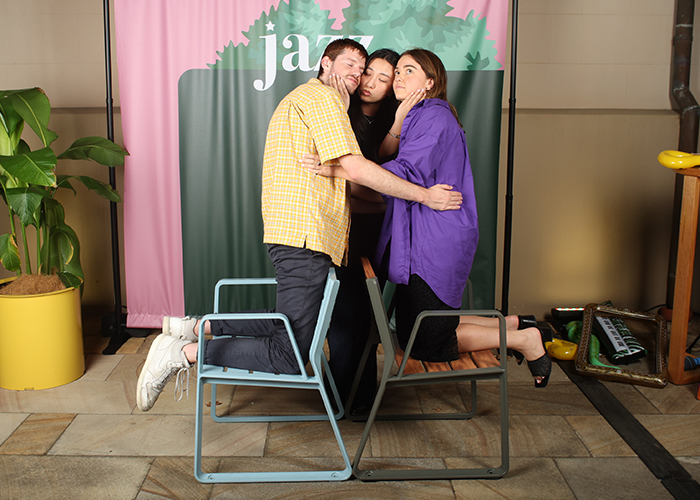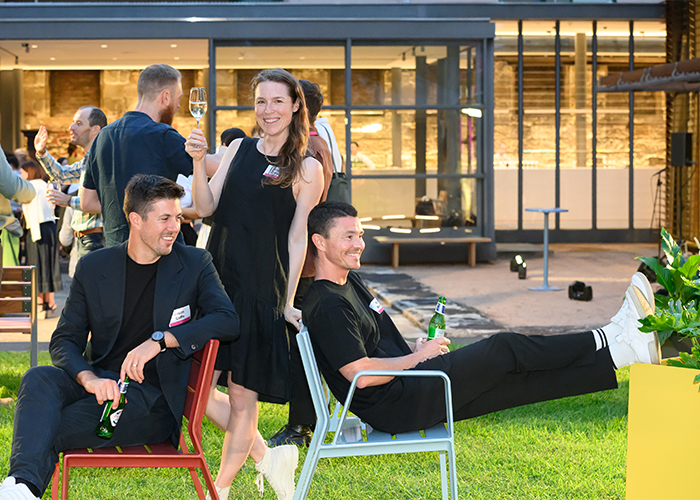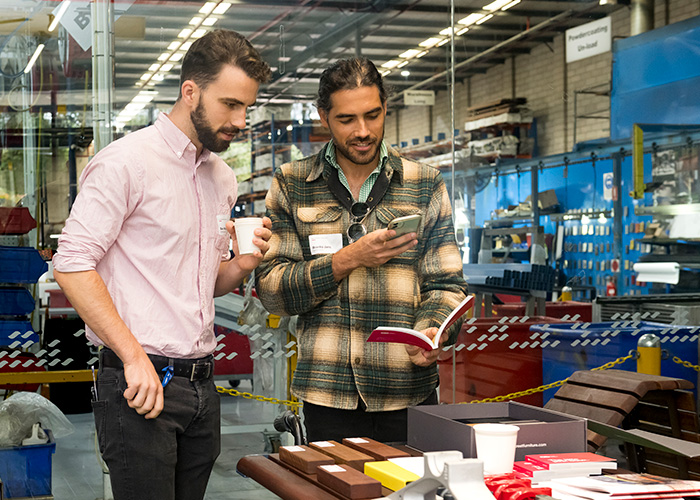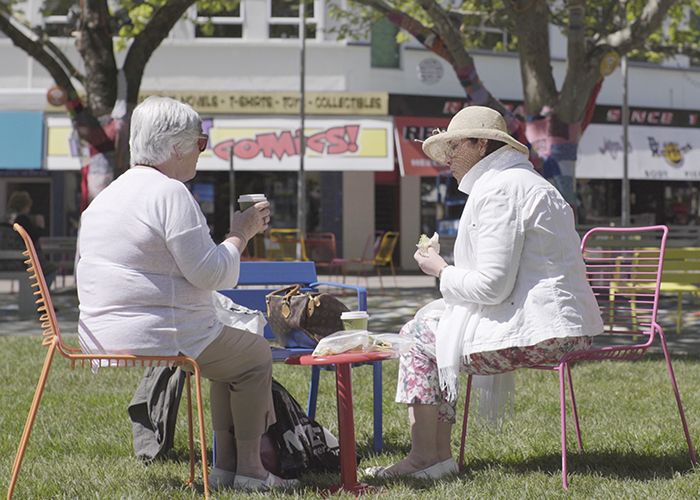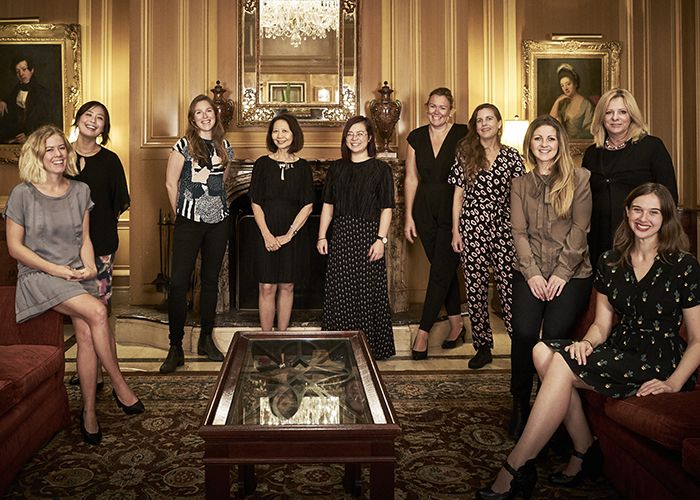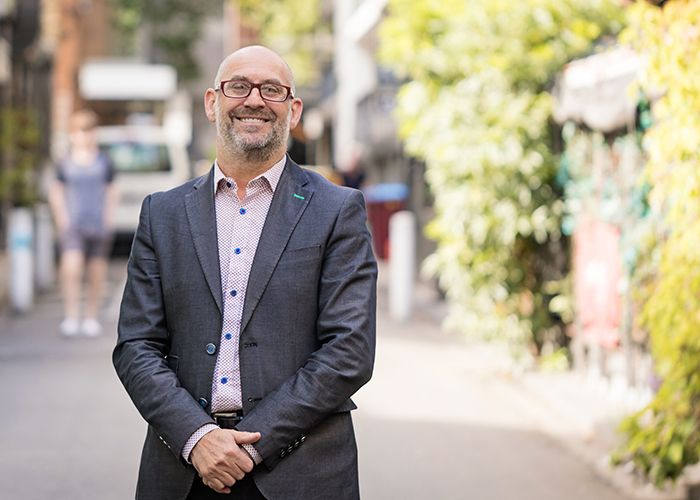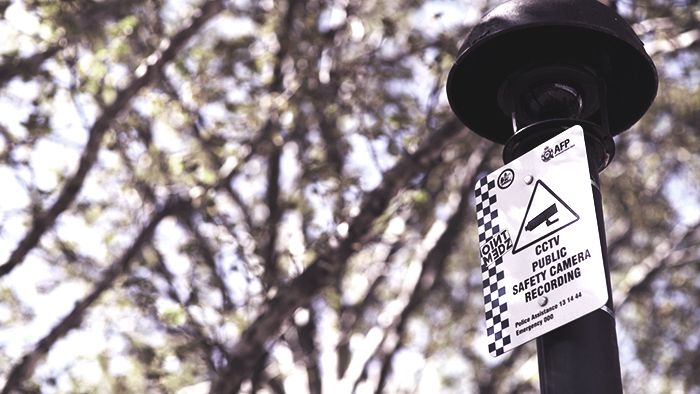
By Winnifred R Louis.
Parks that ‘feel’ unsafe can become trapped in a vicious cycle fuelled by underuse, writes psychology professor Winnifred Louis for StreetChat, but these public spaces can be saved.
WL: This is a write-up of a presentation that I gave for the Australian Institute of Landscape Architects (AILA), and I want to credit their event which was very interesting and fun.
If you are wondering why we need to think about fear in parks, my answer is that it is important on two fronts. One, for managing actual risks for park users, and two, managing their risk perceptions.
There are a heap of guidelines and standards that address the first task, and one reason for the AILA event was to raise awareness of new guidelines (about mitigating the risk of hostile vehicle attack).
There is maybe not so much public knowledge or focus on the second challenge, managing risk perceptions. Yet it is important, because when the community sees a public space as unsafe, they avoid it – and that can set off a vicious cycle where because of underuse, public spaces become less safe, less well resourced, and less joyful, which in turn makes them more likely to be seen as unsafe and avoided.
“People don’t always process fear on a conscious level.”
Importantly, our perceptions of risk and safety are notoriously biased – we may have a very strong fear of sharks or terrorism, for example, that is disproportionate to our statistical risk.
One approach to managing cues to fear and safety is to try to give messages putting the risks in perspective – but that often doesn’t work very well, because people don’t always process fear on a conscious level.
You can also try to manage some of the cues that people have about risk – for example, lighting dark areas, clearing away bushes near paths that scare people, or maintaining clear fields of view.
A strong approach psychologically is that as well as managing risk cues, you also make sure to signal the safety, or put forward safety cues. For example, a park sign might have positive symbols (hike here, dog walking on leash here) and not just negative symbols or warnings.
Some of the new research is also emphasizing the idea of building up a diversity of facilities which draws a critical mass of people to a park at different times of day, so that safety and perceptions of safety are maintained.
I think that’s a very useful direction for designers to move in – both creating and signalling the safe activity options, and so communicating positively to the public about how the park is used.
When design elements that signal safety and positive activities are prominent, the public is more likely to use and enjoy the park.

Winnifred R Louis is an Associate Professor of the School of Psychology at the University of Queensland. w.louis@psy.uq.edu.au
If you would like to contribute an opinion piece, please contact StreetChat at editor@streetfurniture.com


